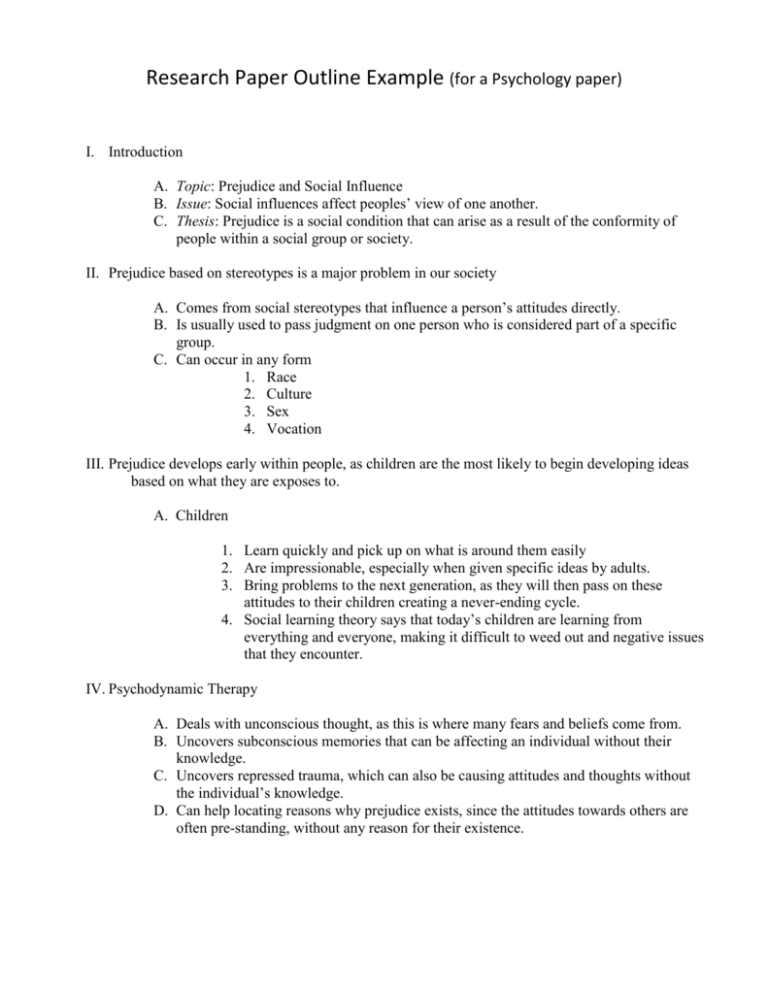How to write an outline for a research paper? Here are some tips on what to include in your outline. In addition, you’ll discover the steps to writing an outline, and see a sample outline. Listed below are some examples of research paper outlines. These outline formats are widely accepted by professors and are an excellent resource for preparing research papers. These formats include both DOCS and DOCX formats.
Structure of a research paper outline
An outline is the skeleton of a research paper. It should begin with a thesis statement and main ideas, and will probably change over time. Nevertheless, it should be detailed and organized. Most research papers contain two to four layers of organization. Each layer will contain the research that was done and present more detailed information. However, this structure can be changed to suit your writing style and paper requirements. Here are some tips to help you create an outline.
Before you begin writing a research paper outline, decide how many levels you would like to include. In addition to thinking about the number of topics, you should also think about who is writing the paper. For example, a paper with more than one topic may require an alphabetical or numerical format. But for shorter papers, a chronological order makes the most sense. Once you’ve figured out your structure, you should move on to writing the outline.
Information to include in a research paper outline
The outline of your research paper has five major sections: introduction, methods, results, and conclusion. Subsequently, add secondary points under each of the primary points. The introduction contains a thesis statement that states the main point of the paper and the purpose of the study. The introduction should be concise and informative without being boring. It should entice the reader to read the rest of the paper. The body part of your research paper does not have a limit on its volume. Its quantity will depend on the total paper volume requested.
An outline can be created by using a variety of techniques. A topic outline, for instance, uses short phrases rather than simple sentences. This type of outline is more efficient as it contains more content than simple sentences. This type of outline is useful when analyzing a complex issue, since each sentence contains details needed to build a complete paper. Lastly, a sentence outline involves using full sentences. This type of outline is most effective when the topic being covered requires a great deal of detail.
Steps to writing a research paper outline
Outlines are the foundation of a research paper and help define the style of the written work. Research papers are typically written in a chronological order, with some new findings needing context information before they can be discussed. Outlines are not the same as the table of contents, which you create for a book. Outlines allow you to review and amalgamate your study while staying on a logical flow. To write a paper outline, follow these steps.
After collecting the relevant information, make an outline. Outlines can be written in a variety of formats. Some students prefer to use bullet points, sub-bullets, flowcharts, or visual representations to write their research paper outline. It is important to gather a variety of sources to provide the best and most credible information for your topic. Typical sources for research papers include textbooks, primary documents, newspaper articles, and peer-reviewed journals. Outlines can be created using the school’s library and search tools like EBSCOhost.
Examples of research paper outlines
A good research paper outline serves as a guide to the researcher. It identifies the information that must be included in the paper. An outline may be long, short, or multi-layered. It is essential to follow the correct format, as there are many different ways to structure a research paper. Here are a few examples of research paper outlines. Use one or more of them to make sure you’re following the proper format.
An outline is usually composed of several levels, with the first level being the introduction. It’s important to know that the order of these levels isn’t universal and varies according to the subject, university, and discipline. Start by numbering the introduction, ideas, and conclusion. The main idea of a research paper is the bulk of the material, which may include the chapters of a book in a literature review, dates in a historical research paper, or methods and results in a scientific paper.

